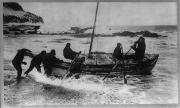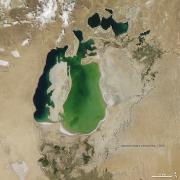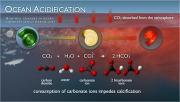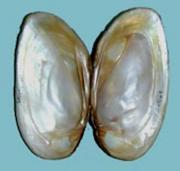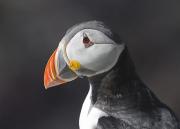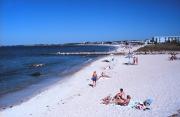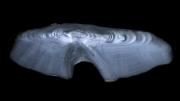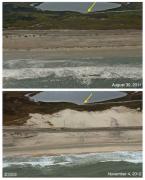Radio Program
Our regular Science and the SeaTM radio program presents marine science topics in an engaging two-minute story format. Our script writers gather ideas for the radio program from the University of Texas Marine Science Institute's researchers and from our very popular college class, Introduction to Oceanography, which we teach to hundreds of non-science majors at The University of Texas at Austin every year. Our radio programs are distributed at to commercial and public radio stations across the country.
In May of 1916, three wretched men appeared at a whaling camp on South Georgia, a remote island in the South Atlantic. Exhausted, hungry, and frostbitten, the men had long since been given up for dead.
One of the things that the debate about global climate change doesn’t always make clear is that it doesn’t necessarily take a big jump in temperature to create a big change in your surroundings. If you live close to the coasts of Louisiana, Florida, or especially Texas, for example, you may already be seeing one effect: an increase in mangrove forests.
A half-century ago, the Aral Sea was a vast oasis in the desert of central Asia. It covered an area bigger than West Virginia, and its fishing industry employed thousands of workers and brought in more than 40,000 tons of fish every year. Today, though, only a tiny fraction of the Aral Sea remains healthy; the rest is doomed. Rusting ships sit on what was once its bottom, and dust storms blow away the polluted sediments, causing health problems for the remaining residents.
The picture on that high-def TV in your den refreshes every sixtieth of a second or faster – a rate that allows your brain to see the sequence of pictures as smooth motion. But if the rate gets too fast, the brain can’t put it together – all you see is a blur.
The shells of oysters, clams, and other mollusks are made mainly of chalk – a mineral that’s brittle and crumbly. Yet the shells themselves are tough – they can protect the critters inside them for years.
It’s an ocean-going vessel for the Internet Age. It’s being funded in part by an Internet crowd-sourcing campaign. It will look like a joystick strapped to the back of a manta ray. And as it sails the oceans, it’ll beam its travels to the world from an onboard multimedia studio.
If not for its colorful bill and bright orange feet, the Atlantic puffin might easily be mistaken for a penguin. Its body displays the same black-and-white markings as a penguin’s, and, like a penguin, the puffin is at its most graceful in the water. Its bill, though, looks more like something from a tropical jungle, giving the puffin one of its nicknames: sea parrot.
If you get an upset tummy after a day at the beach, it might be because you left the potato salad sitting in the Sun a tad long, or because you polished off that whole pint of Ben & Jerry’s. Or maybe it was because you built a sand castle.
Southern flounder that live along the Texas coast move around a bit – they’re “marine migrants” that relocate to find the best living conditions – defying the expectations of marine biologists.
The 2013 Atlantic hurricane season was puny. The total number of named storms was about average, at 13. But there were only two hurricanes, which was the lowest number since 1982, and for the first time since 1994, there were no hurricanes of category 2 or stronger.

